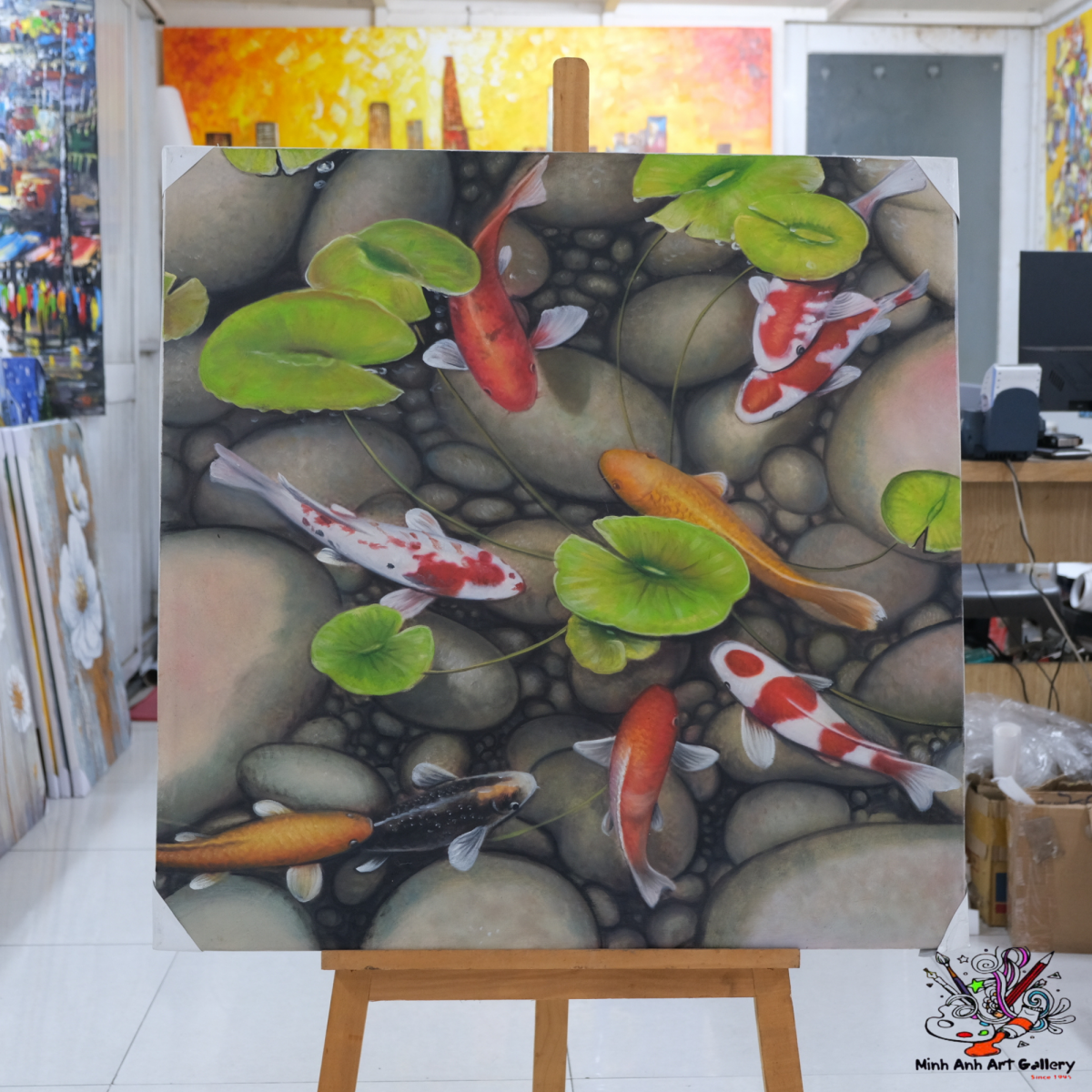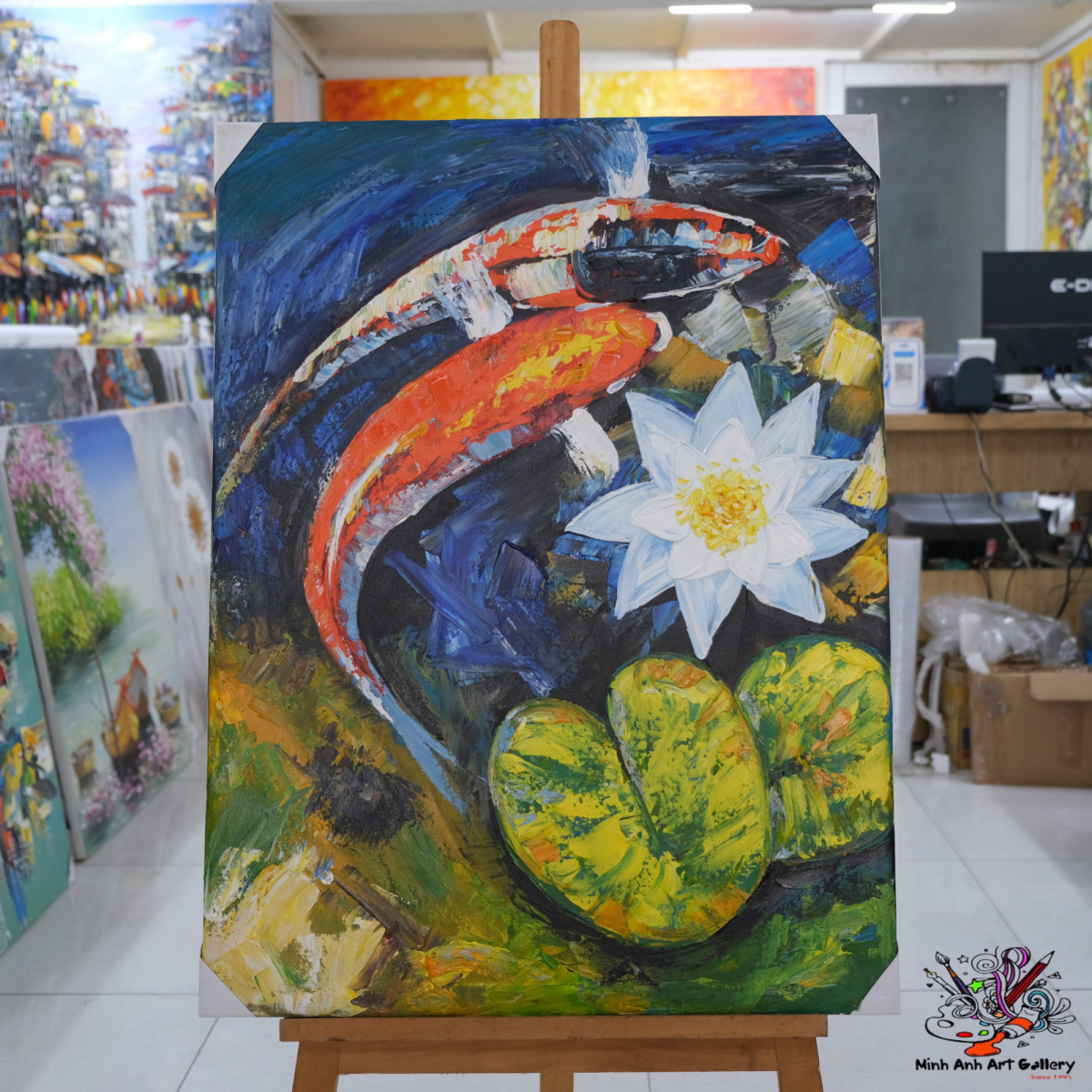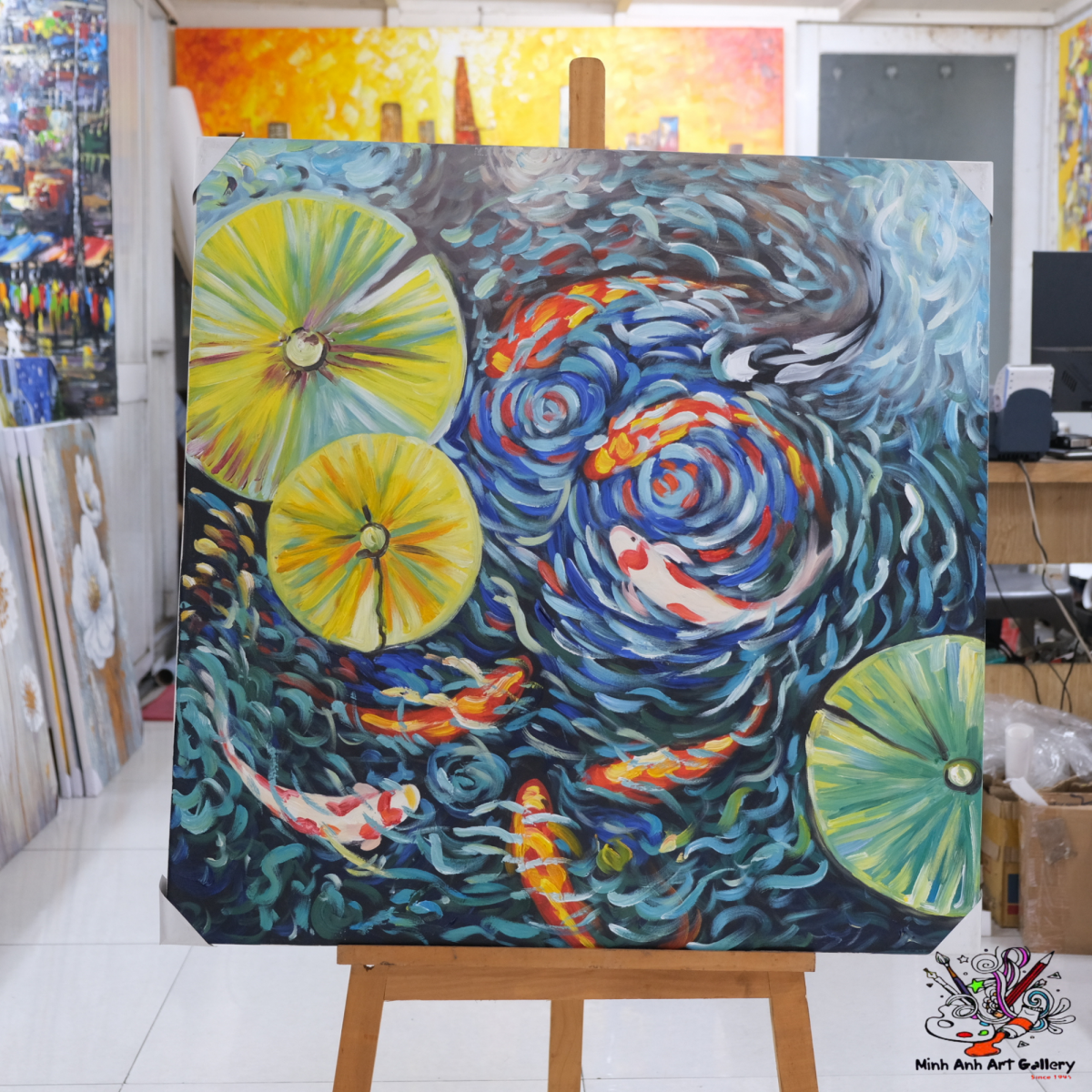Let’s be real—abstract art either stops you in your tracks or leaves you scratching your head. But what if I told you that these seemingly random brushstrokes and color splashes carry deep meanings? Welcome to the world of abstract art, where emotions speak louder than objects, and imagination runs wild.

Abstract art didn’t just pop out of nowhere. It evolved as a bold rebellion against realism in the early 1900s. Artists like Kandinsky and Malevich believed that art could transcend visual reality. Their works weren’t about "what you see," but "what you feel."
Kandinsky painted music. Rothko captured human emotion in rectangles. Pollock dripped chaos onto canvas. Each artist brought their own language to the abstract conversation, pushing boundaries in both technique and meaning.
Abstract art skips the visual handbook. Instead of showing a tree, it shows how a tree might feel. The freedom in abstraction lies in its invitation to feel rather than define.
Here’s the magic—every viewer becomes part of the story. No two people see the same thing, which makes abstract art deeply personal. It’s like a mirror that reflects your current mood, experiences, and questions.
Many abstract pieces are riddled with symbolism. A red circle might symbolize unity. A jagged black line could scream conflict. These aren’t accidents—they’re coded messages from artist to audience.
Abstract artists often express rebellion, war, or oppression subtly. When censorship loomed, abstraction offered a way to speak out without saying a word.

Abstract works often serve as emotional anchors in a bold modern art collection. They’re timeless, cross-cultural, and speak directly to the human psyche.
Today’s collectors value emotional depth and innovation. Abstract art delivers both. Whether it’s a wild canvas or a muted minimalist piece, collectors are increasingly drawn to abstract expression.
Galleries aren’t just white walls with paintings. They’re storytellers. Curators handpick abstract pieces that complement each other—like notes in a symphony.
Ever seen someone stare at an abstract piece for 20 minutes? That’s the magic of abstraction. It holds attention and demands introspection.
It’s not just about beauty. Curators look for depth, originality, and emotional resonance. An abstract painting that stirs something inside you? That’s gold.
Experts interpret and contextualize abstract art, helping collectors and visitors grasp deeper meanings. Their role in curated art collections is essential to bringing these pieces to life.
In private art galleries, abstract works often reflect the personal taste and emotional palette of their owners. These spaces are intimate, filled with pieces that speak directly to the collector's soul.
When abstract art enters art gallery exhibitions, it often becomes the showstopper. Its bold forms and colors pull crowds, ignite conversations, and often challenge perspectives.
A well-designed art gallery collection tour weaves a story—one where abstract art shifts moods from room to room. It’s less about information, more about immersion.
Can’t travel? No worries. Platforms offering art collection online bring these emotional rollercoasters to your screen. Collect, study, or just admire—wherever you are.
A true fine art collection doesn’t just store paintings—it preserves emotions, revolutions, whispers, and roars. Abstract art ensures the legacy remains dynamic and alive.

Abstract art is a riddle, an emotion, a thunderstorm in acrylic. It's not meant to be fully understood—it's meant to be felt. Within every splash of color and every asymmetrical form lies a message tailored uniquely to you. Whether you're strolling through a contemporary art gallery, exploring a famous art collection, or browsing an art collection online, remember—there’s always more beneath the surface than meets the eye.
1. Why is abstract art so popular in modern art collections?
Because it breaks the mold. Abstract art invites emotion, imagination, and personal interpretation—elements highly valued in today’s expressive culture.
2. What makes a piece of abstract art valuable?
Originality, emotional impact, historical context, and sometimes, the artist’s reputation. But above all, it's the connection it creates with the viewer.
3. Can beginners appreciate abstract art?
Absolutely! No art degree required. If it makes you feel something—joy, confusion, inspiration—it’s already working.
4. Are abstract artworks a good investment?
Yes. Especially when selected from reputable curated art collections, abstract pieces can increase in value over time and become treasured centerpieces.
5. How do I start my own abstract art collection?
Visit art collection galleries, attend art gallery exhibitions, explore art collection online platforms, and trust your instincts. Start with pieces that speak to you emotionally.
Message:
Minh Anh Art Gallery – Where Emotions Become Art
Gallery: 101 Bui Vien St, District 1, Ho Chi Minh City, Viet Nam
Phone: (+84) 962 720 484
Email: minhanhart.vn@gmail.com
Website: https://minhanhart.vn/